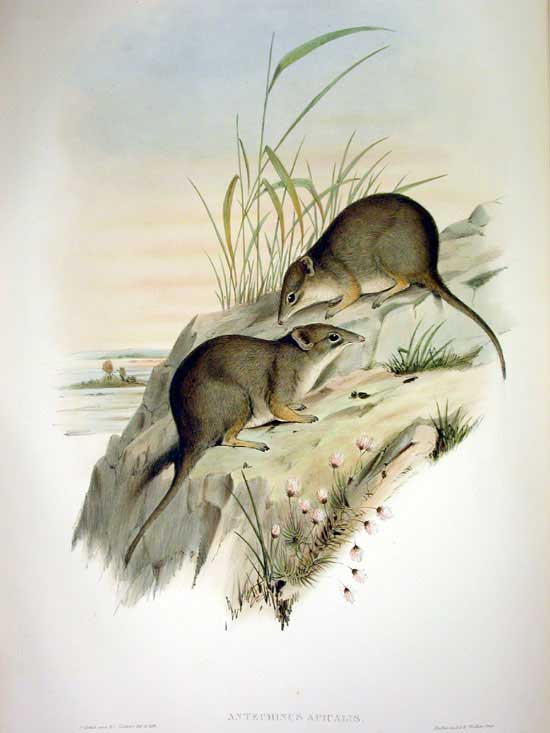Facts About Dibbler
The Dibbler, scientifically known as Parantechinus apicalis, is a small, endangered marsupial native to the southwest mainland of Western Australia and several nearby islands. This nocturnal carnivore, a member of the Dasyuromorphia order, is notable for its speckled fur, distinctive white eye-rings, and short, tapering tail. Dibblers predominantly feed on small vertebrates such as mice, birds, and lizards, as well as various insects and other invertebrates.
You’ll typically find dibblers in areas characterized by unburnt vegetation, sandy soils, and thick layers of litter. They thrive in places like Whitlock and Boullanger Islands near Jurien Bay, as well as in numerous national parks and reserves across Western Australia. Weighing between 40-125 grams, these solitary animals are strictly nocturnal.
Intriguingly, the dibbler is the only species in the genus Parantechinus. First described in 1842, this species has undergone several taxonomic revisions. The name 'dibbler' is unique to this species, even though its nomenclature has historically varied. At one point, the dibbler was believed to be extinct until its rediscovery in 1967. Since then, organizations such as the Perth Zoo and the Department of Environment and Conservation have been working diligently to protect and breed these fascinating creatures.
The dibbler faces significant threats including habitat loss due to land clearing and forest fires, as well as predation by feral foxes and cats. However, thanks to dedicated conservation efforts, there is hope for the survival of this unique and endangered marsupial.
